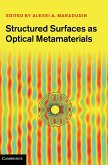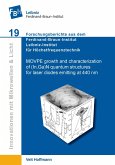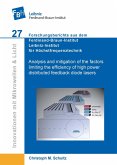In this work novel three-dimensional metamaterials are realized by rolling-up strained metal/semiconducting nanolayers. The properties of these artifcial, optical crystals can be described by efective parameters, which are investigated by numerical simulations as well as experimental transmission and refection measurements. Three-dimensional radial metamaterials were fabricated by rolling up a strained Ag/GaAs/InGaAs multilayer into a microroll with several rotations. The radial metama¬terial, which is defned by the windings of the wall of the microroll, exhibits a dispersive and strongly anisotropic permittivity. It is shown by numerical simulations that such structures work as hyperlenses for specifc wavelengths in the visible and near-infrared regime, i.e. they allow magnifed, optical images with subwavelength resolution. To characterize the optical properties of the rolled-up hyperlenses a fber-based transmission and refection setup has been developed. From the measured refectivity and transmis¬sion spectra the operation wavelength of the hyperlens could be determined. We could show experimentally that this wavelength depends on the ratio of layer thicknesses of the Ag/(In)GaAs layers and could be tuned in a wavelength range from 680 nm to 780 nm. Furthermore frst near-feld scanning microscopy measurements were performed in cooperation with the Univerity of Bourgogne to prove the magnifying subwavelength imaging of the hyperlens. A further concept of this work is concerned with metamaterials made of arrays of many rolled-up Chromium/InGaAs microrolls. We have shown by analytical and numerical simulations that these structures interact resonantly with the magnetic component of an electromagnetic feld and exhibit a negative permeability in the far infrared at frequencies ofafewteraherz. Byoptimizingtheroll-upprocessarrayswithahighdensityofmicrorolls were prepared and frst transmission measurements were performed in the far infrared.








